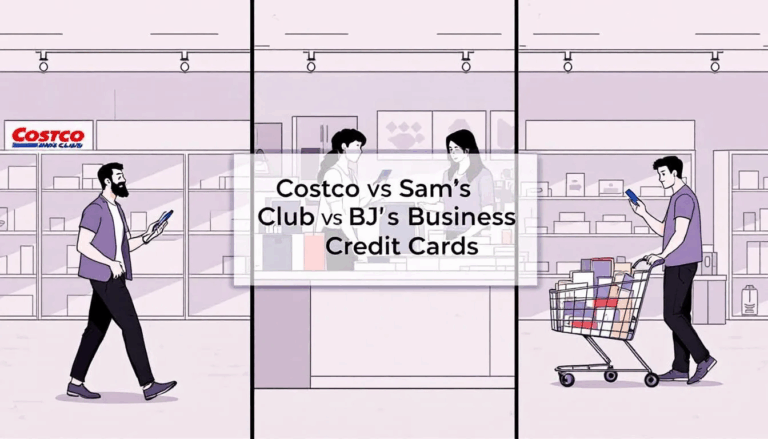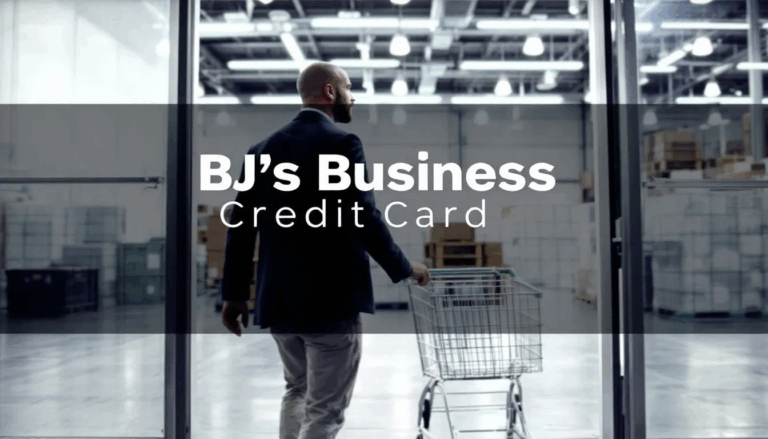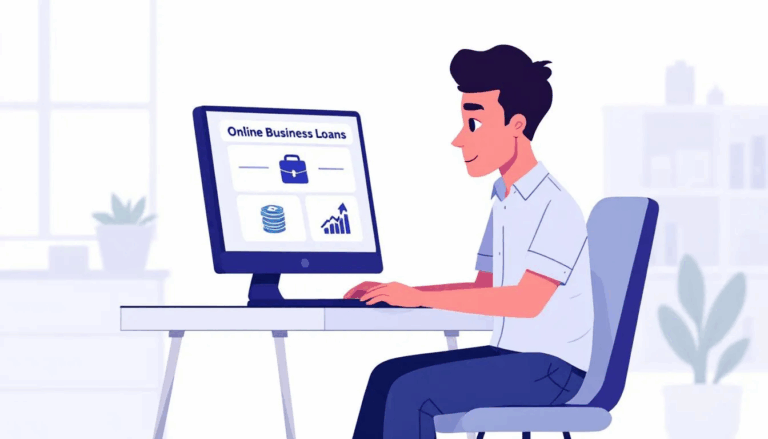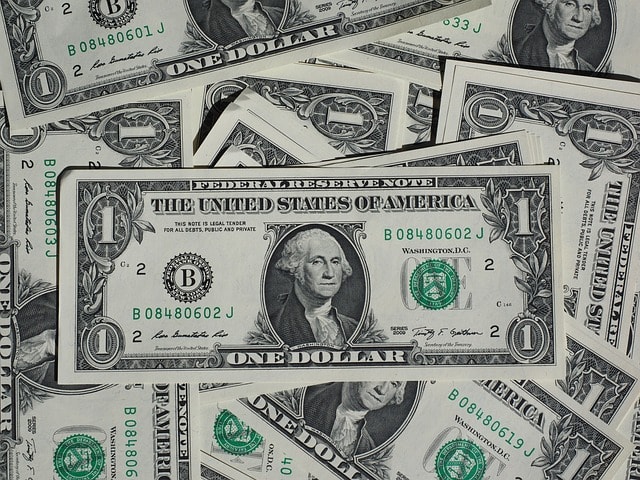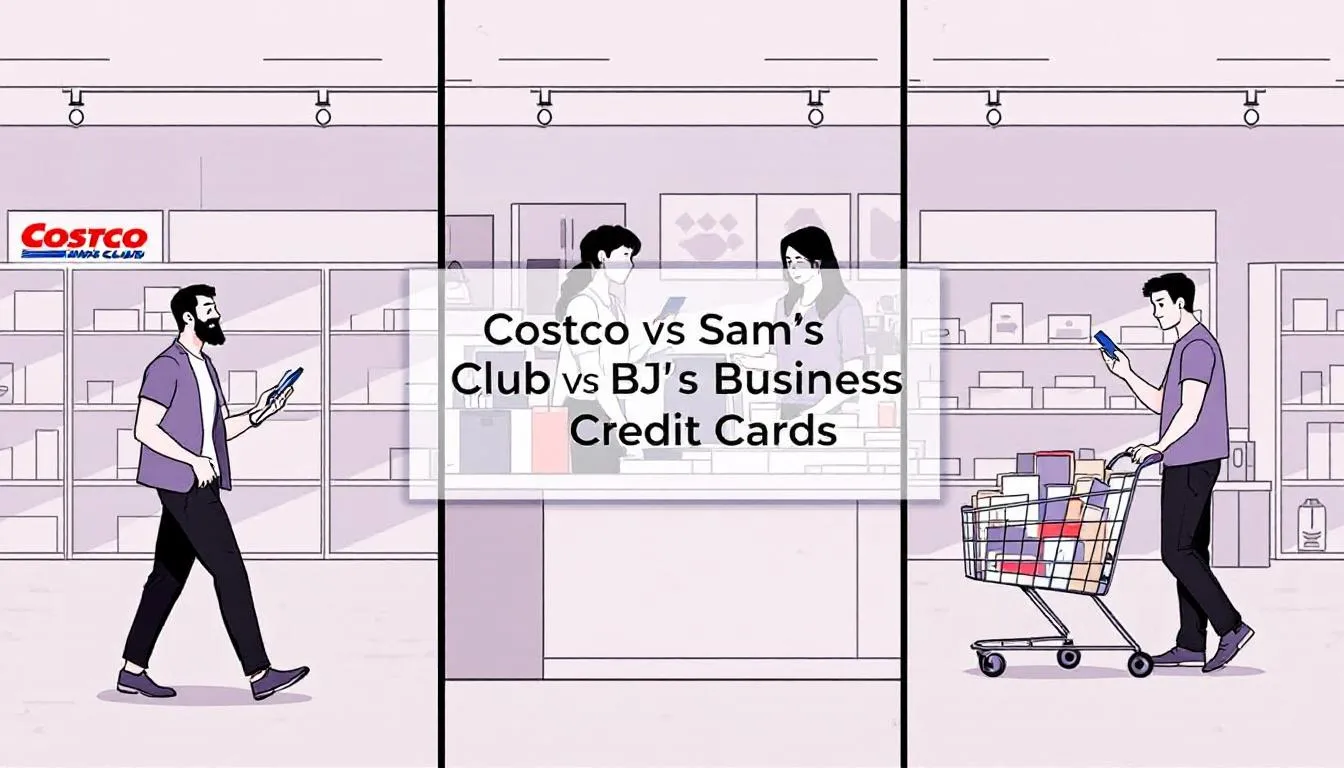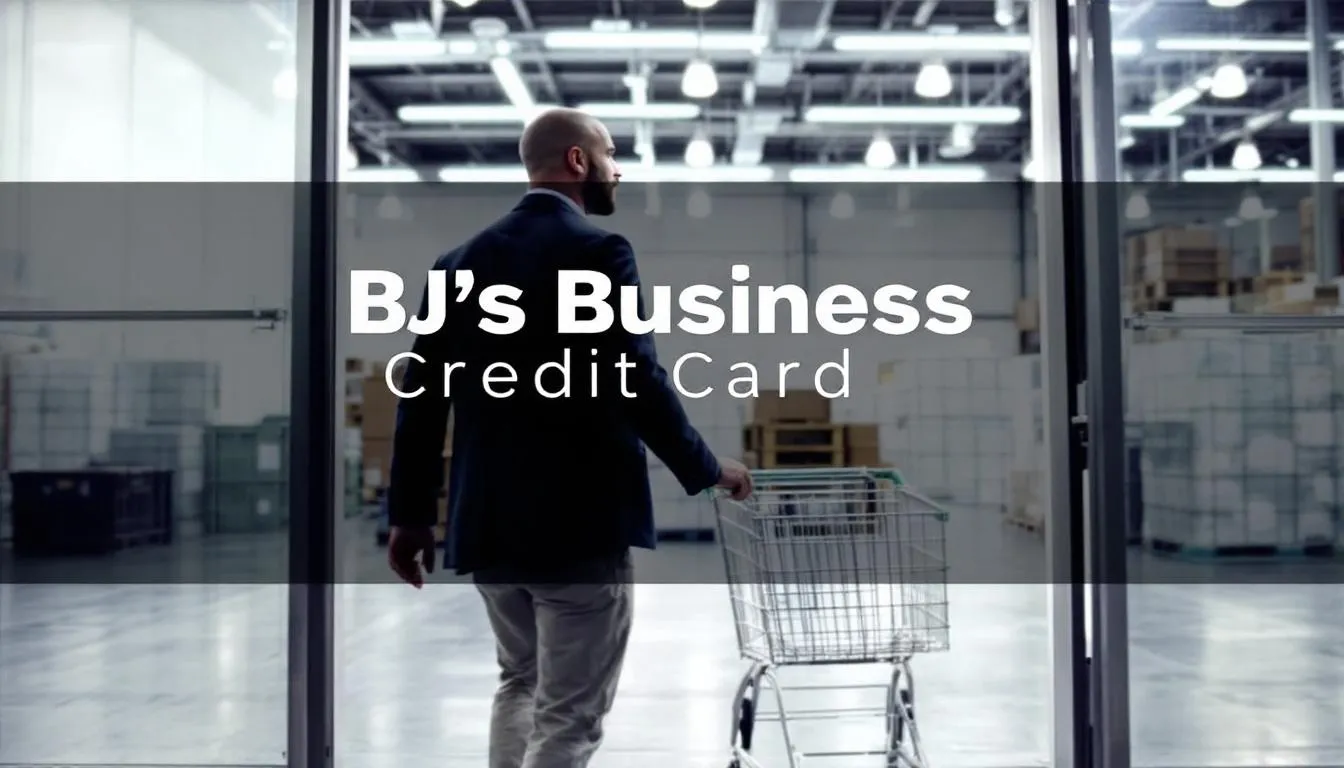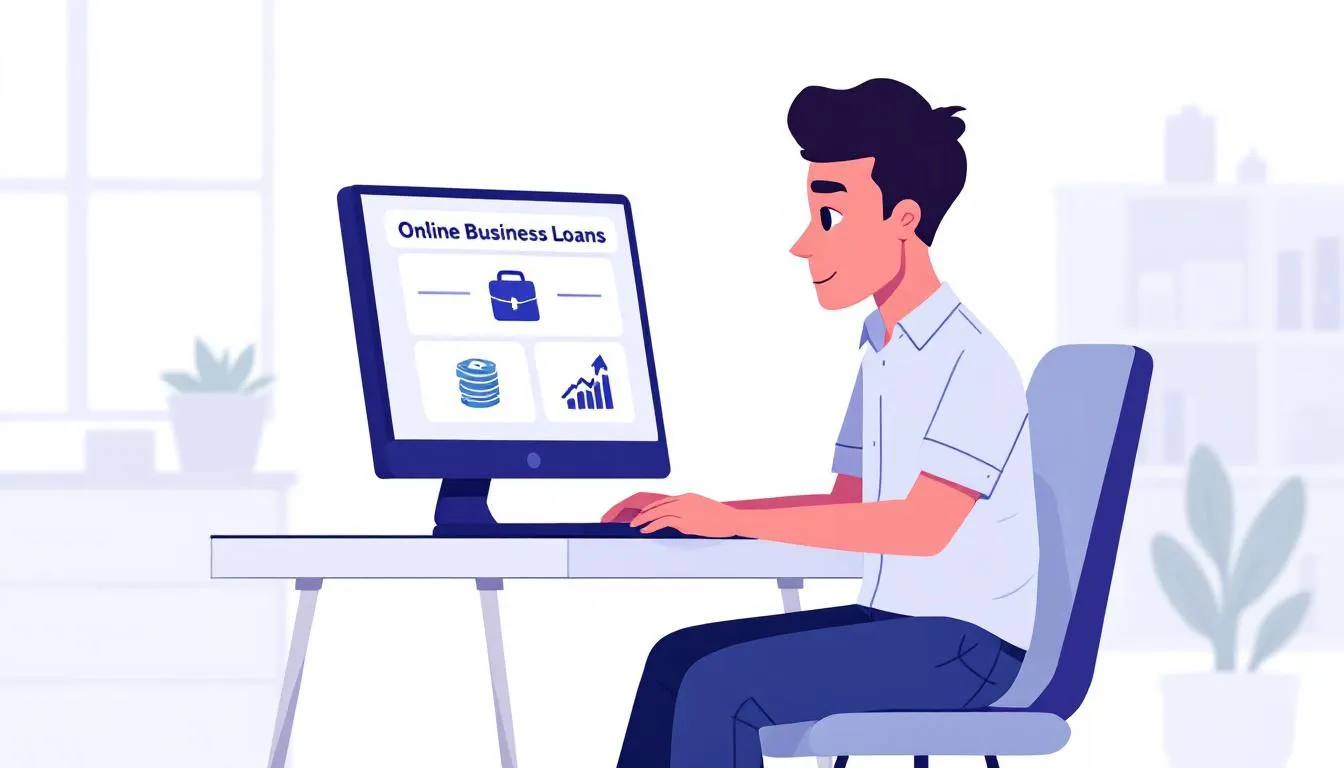What are SBA Disaster Loans?
SBA disaster loans provide funding to small businesses that have suffered economic impact due to a state of emergency. The loan program offers up to $2 million for eligible small businesses. The SBA provides low-interest disaster loans to individuals and companies after a declared disaster. Many business owners seek these loans when insurance proceeds won’t cover the full amount for disaster-damaged property.
The US Small Business Administration’s disaster loan program helps communities affected by natural disasters such as tornadoes or hurricanes. The main loan for small business owners is the Economic Injury Disaster Loan (EIDL). SBA disaster loans provide financial assistance to businesses of all sizes and private nonprofit organizations.
EIDLs are available to eligible small businesses, eligible nonprofit organizations, and small agricultural cooperatives. The SBA provides low-interest loans to help cover expenses lost not fully covered by insurance after a disaster.
The SBA offers five types of disaster loans: Home, Business/EIDL, Nonprofit, Stand-Alone EIDL, and Military Reservist EIDL. Homeowners can receive a loan for up to $500,000 to repair or replace their primary residence after a disaster.
How does the SBA Disaster Loan Program work?
SBA disaster loans are available for home repair or replacement, personal property, vehicles, and business losses. The Federal Emergency Management Agency (FEMA) partners with the SBA to support disaster recovery efforts. Disaster loans are intended solely for recovery efforts, not for business upgrades or expansion.
The first year’s interest on new disaster loans is waived. The SBA automatically extends the initial payment deferment period to 12 months.
Eligible businesses apply for EIDLs and physical damage loans directly through the SBA. As previously stated, the maximum loan amount is $2 million. SBA disaster loans offer individuals and businesses low fixed-interest rates for the remaining 30-year term after the deferment period.
Businesses can use Economic Injury Disaster Loans for:
-
Working capital needs
-
Continuing operational costs like healthcare benefits, rent, and utilities
-
Fixed debt payments
Physical damage loans provide funds for repairs not covered by insurance. Small business owners can use the funds to repair or replace the following:
-
Real property
-
Fixtures
-
Inventory
-
Leasehold improvements
You cannot use the funds to upgrade or expand a business property. Disaster survivors must use the loan funds for recovery efforts and for preventing future property damage.
Terms for both EIDL and physical damage loans range from 1 to 30 years and are determined by the organization’s ability to repay the loan. Loan repayments are deferred for the first 12 months, allowing businesses up to a year to recover and get back on their feet before repayments begin.
SBA disaster loans offer low fixed interest rates and typically feature low, fixed monthly payments. SBA sets the installment payment amount and corresponding maturity based upon each borrower’s ability to repay. Interest rates for SBA disaster loans may vary from one disaster to another, depending on market conditions. Interest loans cannot exceed 4% for EIDLs. For physical damage loans, the interest rates are:
-
No greater than 4% for borrowers who couldn’t obtain credit elsewhere.
-
No greater than 8% for borrowers who could get credit elsewhere.
There are no prepayment penalties; the only other fee is a $100 processing fee for loans over $25,000.
Homeowners may borrow up to $200,000 to repair or replace disaster-damaged real estate. Renters can borrow up to $40,000 to repair or replace disaster-damaged personal property.
The SBA will determine whether you have credit available elsewhere to set the interest rate and terms of the loan. Borrowers can begin making loan payments during the deferment period if they choose, and there is no prepayment penalty.
Who is eligible for an SBA Disaster Loan?
Eligible businesses include:
-
Small businesses.
-
Small agricultural cooperatives.
-
Most private nonprofit organizations.
To qualify, your business must be in a declared disaster area. The SBA provides a convenient tool to check for disaster declarations in your area.
Your business must also have suffered substantial economic injury, meaning you cannot meet your normal financial obligations or pay required operating expenses. The loan amount you receive is based on the extent of the economic injury and your business’s financial needs.
The SBA’s criteria for acceptable credit are more flexible than those of traditional lenders. Homeowners and renters can qualify for assistance, regardless of whether they own a business.
The SBA only approves EIDLs when it determines the company couldn’t obtain credit elsewhere. Homeowners and renters can borrow up to $100,000 to repair or replace personal property after a disaster.
How do I apply for an SBA Disaster Loan?
SBA disaster loans are the only loan packages in the program where you apply directly to the Small Business Administration. SBA disaster loan applications must be submitted to the SBA’s Processing and Disbursement Center. Applicants should register at DisasterAssistance.gov to be considered for all forms of disaster assistance.
The steps to apply are as follows:
Step 1: See if the SBA has determined that your business is in a disaster-declared area.
Step 2: You can apply for an SBA disaster loan online or at a Disaster Recovery Center. Documentation such as a financial statement, tax return, and schedule of liabilities is required when applying for an SBA loan. You can contact the SBA Customer Service Center at 800-659-2955 for assistance with the application process.
Step 3: Check your status through your online account. Applicants may consider mitigation measures to reduce future disaster damages when applying for SBA loans.
You may also be required to complete IRS Form 4506-T with your loan application. The form gives the SBA permission to access tax information about your company.
What are the advantages of SBA Disaster Loans?
The primary advantage of the SBA disaster loan program is that it provides financial assistance when your business cannot meet its obligations due to a natural disaster. Since the program is designed to help your business recover, you don’t have to start repaying the loan for 12 months.
Additionally, the interest rates on these loans are pretty low, typically under 4%. The loans also come with long repayment terms, up to 30 years, making repayment very manageable.
What are the disadvantages of SBA Disaster Loans?
The obvious disadvantage is that you can only obtain this loan if your business has been negatively affected by a natural disaster. No one wants to be in that situation, but the loan program helps alleviate the financial hardship that can occur when a disaster strikes.
Pros & Cons
Pros:
-
Provides financial assistance to businesses impacted by a natural disaster.
-
Low interest rate & long repayment term.
-
No additional fees & repayment is deferred for the first 12 months.
Cons:
-
Only available to businesses that suffer economic injury due to a natural disaster.
-
May require collateral or a personal guarantee.
Frequently Asked Questions
Here are the most common questions about SBA disaster loans.
What are the collateral requirements for SBA Disaster Loans?
No collateral is required for loans of $25,000 or less. Real estate is the preferred collateral for loans over $25,000, but other business assets may be accepted. Business owners do not need to use their primary residence as collateral for loans under $200,000 if the SBA determines the owner has other assets of equal value.
Loans over $200,000 also require a personal guarantee. Additionally, the SBA may file a UCC lien on the business’s assets.
Can I still get a COVID-19 Disaster Loan?
The SBA discontinued the COVID-19 EIDL program. It stopped accepting new applications in January 2022 and stopped taking increase requests in May 2022.
However, some enhancements to the program enacted under the CARES Act remain. For example, the maximum borrowing amount is still $2 million, a COVID-related increase.
Can I get loan forgiveness for SBA Disaster Loans?
No, loan forgiveness is not available for SBA disaster loans.
What other Small Business Loans are available?
There are plenty of small business loan options if you’re not specifically seeking economic relief from a natural disaster.
Non-Disaster SBA Loan Programs include:
-
SBA Export Express Loans
-
SBA 504 Loans (aka SBA CDC/504 Loans)
-
SBA Export Loans
Outside of the SBA loan program, you could consider the following:
SBA Disaster Relief Loans – Final Thoughts
This niche subset of SBA loans is only available to businesses and private nonprofit organizations in a declared disaster area. While no company wants to face this situation, the SBA loan program could provide much-needed relief to keep your business afloat.
The extended repayment terms, low interest rates, and deferred payments combine for a manageable financing solution when faced with this type of adversity. Contact us or visit the SBA for additional guidance on the program. Our loan executives can also answer any questions you may have about other small business loans.





